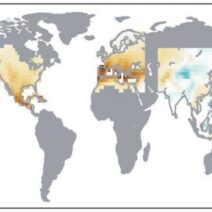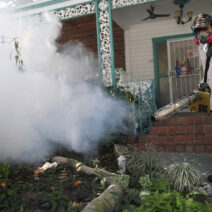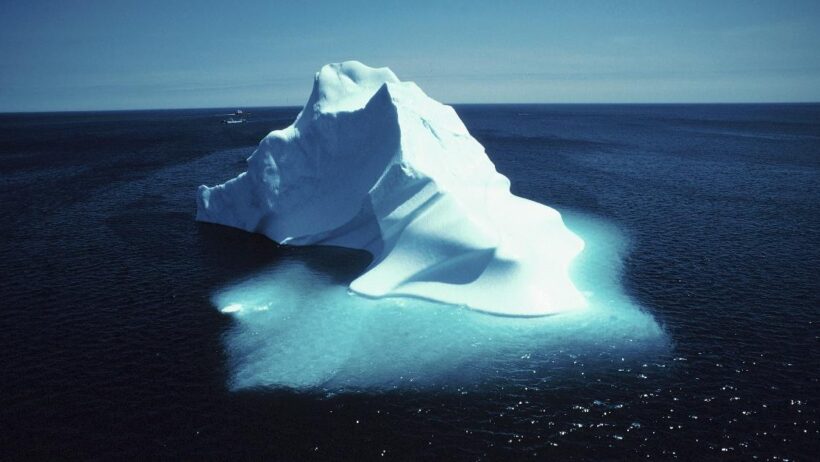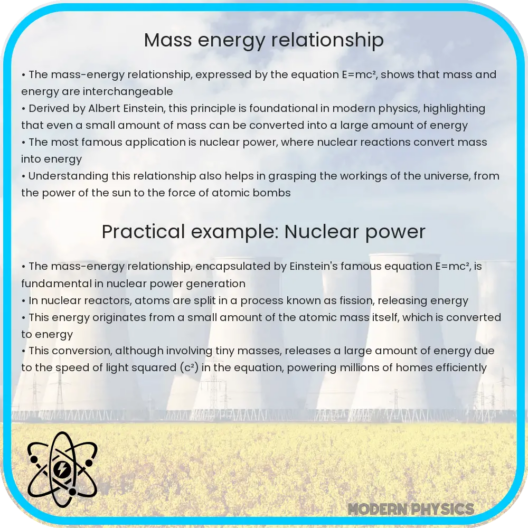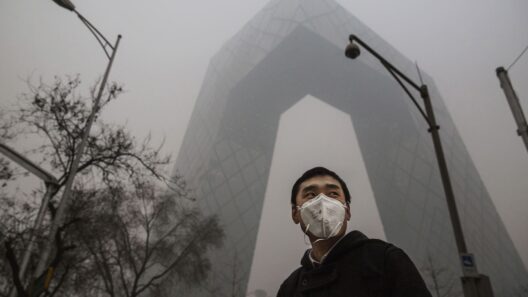The phenomenon of climate change is not merely a contemporary concern; it is a complex narrative that extends across the annals of history. Understanding when climate change truly began requires delving into epochs ranging from ancient civilizations to the industrial revolution and beyond. This article will illuminate the intricate timeline of climate change, exploring its multifaceted causes and consequences throughout the ages.
In the modern context, climate change primarily refers to the dramatic alterations in temperature, precipitation patterns, and environmental conditions predominantly attributed to human activity. However, to grasp the urgency of the current crisis, it is essential to trace back the roots of climate change to both natural and anthropogenic origins.
Ancient Earth, as characterized by its natural climatic shifts, saw significant fluctuations long before human intervention. The interplay of celestial bodies, volcanic eruptions, and tectonic activities shaped the earth’s climate over millennia.
One of the earliest instances of climatic variations occurred during the Holocene epoch, approximately 11,700 years ago, marking the end of the last Ice Age. This transition initiated warming temperatures, leading to the gradual melting of glaciers and sea ice. Such climatic shifts allowed for the expansion of human civilization as agriculture began to flourish in regions like the Fertile Crescent.
However, it was during the Neolithic Revolution, around 10,000 B.C., that humans began to exert significant influence over their environment. The domestication of plants and animals spurred an unprecedented alteration in land use, resulting in deforestation and the alteration of local climates. As communities transitioned from nomadic hunter-gatherers to settled agriculturalists, they inadvertently contributed to the gradual warming of the Earth.
The Rise of Empires: Industrial Activities and Their Impact
Fast forward to 2500 B.C., with the rise of ancient civilizations such as Mesopotamia and the Indus Valley. These societies, while representing remarkable human achievements, began utilizing energy sources that further impacted their environment. Deforestation for agricultural expansion and urban development initiated localized climate shifts, whereas the increased use of irrigation contributed to the salinization of soils, adversely affecting crop yields.
As time progressed, the industrial revolution in the 18th century marks a pivotal watershed moment in the climate change discourse. This defining period was characterized by an explosive increase in carbon emissions due to the extensive burning of fossil fuels. The introduction of machinery and steam power led to unprecedented productivity and economic gain, yet it came at a dire cost to the environment.
By the mid-19th century, scientists began to observe a troubling correlation between increased industrial activity and its contribution to atmospheric carbon dioxide (CO2) levels. The work of geologist John Tyndall in the 1850s laid the groundwork for understanding the greenhouse effect, revealing how certain gases trap heat in the earth’s atmosphere. This burgeoning awareness set the stage for future climate science.
Catastrophic Events and Environmental Awareness
Fast-forward to the 20th century, and the dialogue surrounding climate change rapidly intensified. The aftermath of World War II ushered in a new era of ecological awareness, spurred by a series of catastrophic events such as the Dust Bowl in the 1930s and severe pollution crises in burgeoning urban centers. These phenomena served as harbingers of the consequences of unchecked environmental exploitation.
In the 1970s, the first Earth Day was celebrated, galvanizing public interest in environmental issues. Scientific research began to reveal a clear and present danger: rising global temperatures, shrinking polar ice caps, and increasingly erratic weather patterns. This period saw the formation of numerous environmental organizations dedicated to counteracting climate change and advocating for sustainable practices.
International accords, such as the Kyoto Protocol established in 1997, highlighted a global acknowledgment of climate change. Despite these efforts, emissions continued to rise dramatically. The 21st century saw the widespread acknowledgment of anthropogenic climate change, culminating in significant scientific reports warning of catastrophic consequences if decisive action was not taken.
The Role of Modern Society and Future Implications
Today, climate change is not just an environmental issue; it has become a multi-dimensional challenge encompassing social, economic, and political realms. Increased extreme weather events, such as hurricanes, droughts, and heatwaves, exemplify the pressing nature of the crisis. Moreover, climate change disproportionately affects marginalized communities across the globe, exacerbating existing inequalities.
As scientific consensus strengthens on the need for immediate action, innovations in technology offer hope for solutions. Renewable energy sources, sustainable agriculture practices, and developments in carbon capture technologies represent potential avenues for mitigating future impacts. Engaging with the community through environmental education fosters a cultural shift necessary for societal transformation.
To conclude, the journey through time reveals that climate change is far from a recent phenomenon. The roots of our current dilemmas extend deep into our history. As awareness and understanding deepen, the collective responsibility to address climate change emerges with renewed urgency. The enduring question remains: how will we, as stewards of the Earth, choose to negotiate the delicate balance between progress and preservation going forward?
